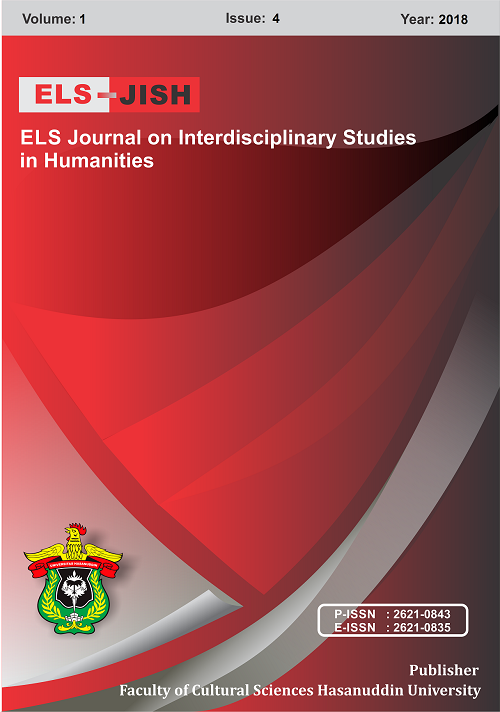The Effect of Planning on Complexity, and Accuracy in Second Language Production: A Case Study in Learner’s Writing
DOI:
https://doi.org/10.34050/els-jish.v1i4.5762Keywords:
Second Language Acquisition, Complexity, AccuracyAbstract
This case study investigates the effect of planning on complexity, and accuracy in second language (L2) learners’ writing. The subject of the research is a twenty-four-year-old-Indonesian student named Della. She is selected due to her most current IELTS score, and her first-time residence in English speaking country. The participant is asked to write two writing tasks which was taken from IELTS topics. While the duration of time is set for the first task, the second task is not limited by time. After that, the results are compared and analyzed by means of T-unit as in Hunt (1965). The result of the research shows that planning may lead to slight improvement in learner’s writing. In terms of accuracy, there is 69.23% of error-free T-unit in task 1, and 72.22% in task 2. Similarly, in connection with complexity, the average length of T-unit and clauses in task 1 and task 2 is 12.92 and 15 respectively.






